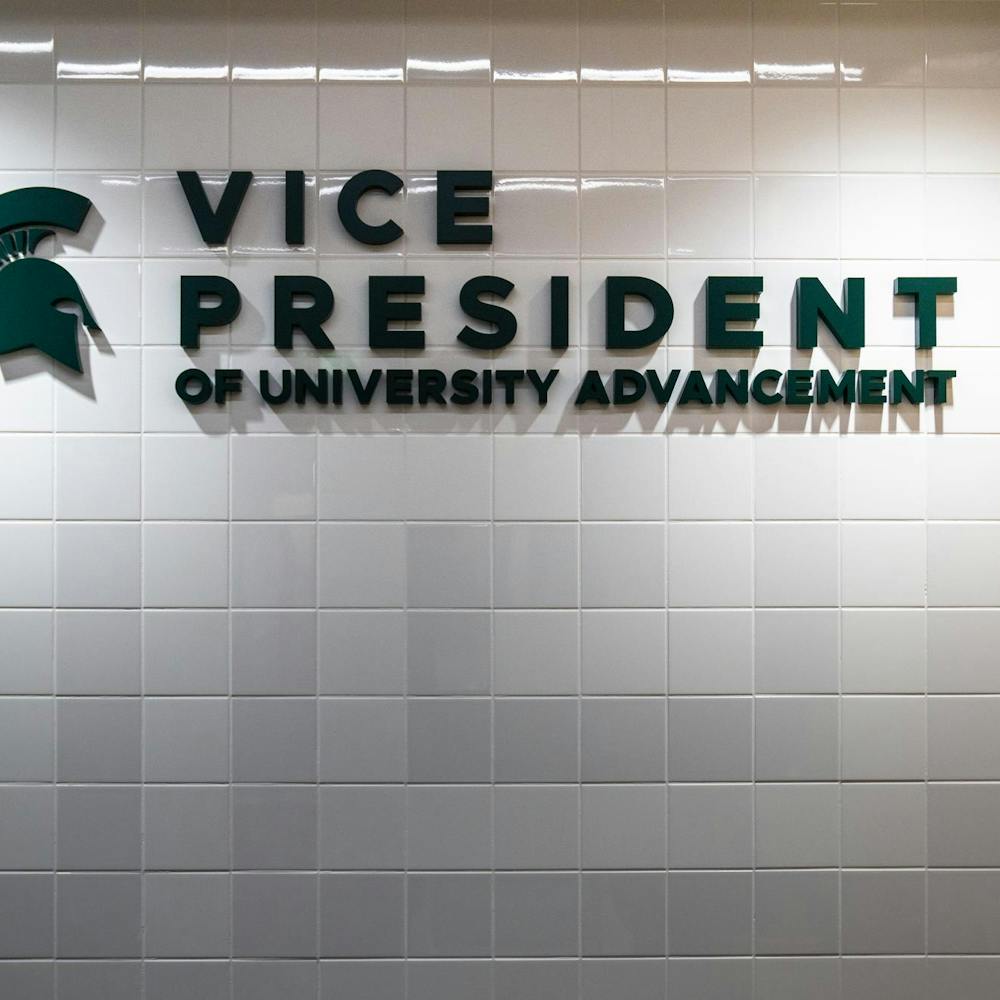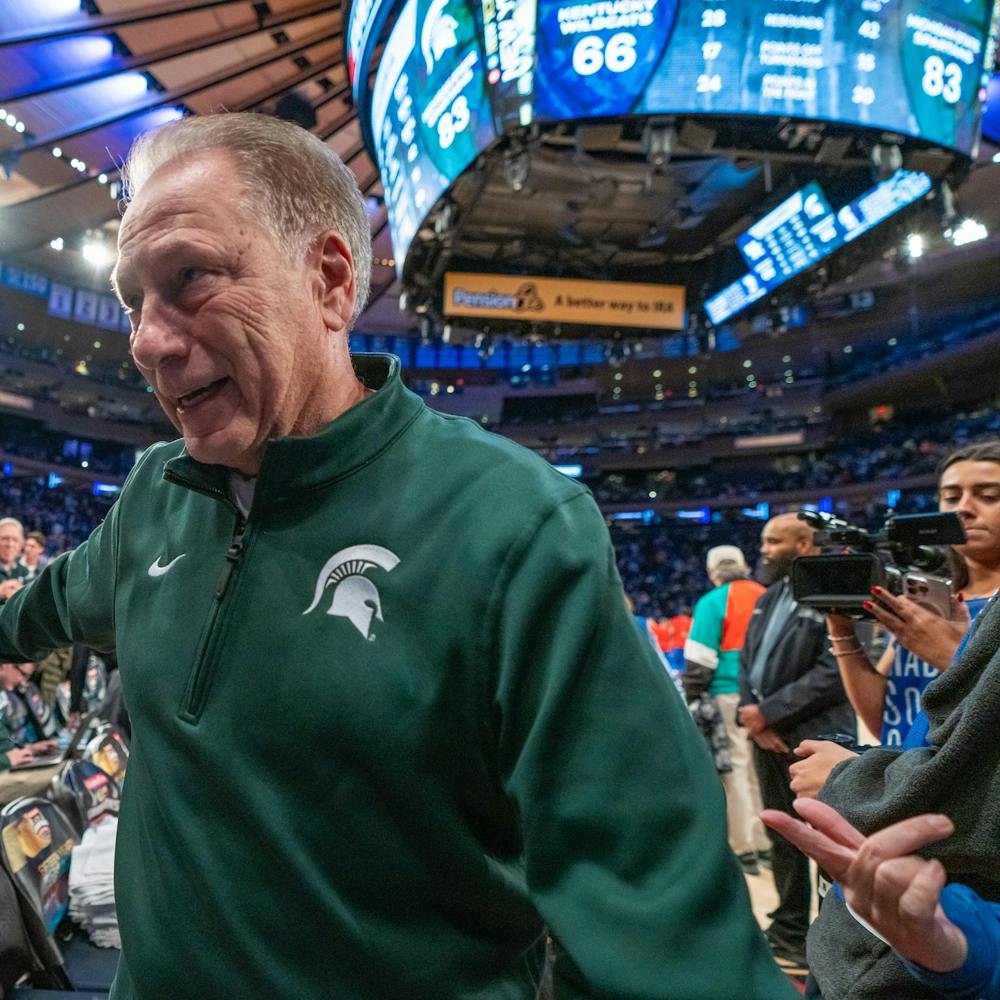When filling out her next census form, Jessica Rivard would fill in the bubble to identify herself as an American Indian in the race category.
As a member of the Little Traverse Bay Band of Odawa Indians, the kinesiology junior and co-chair of the North American Indigenous Student Organization, or NAISO, is proud of her American Indian heritage, and a new census report released Jan. 25 shows she’s not alone.
According to the 2010 U.S. Census, more than 5.2 million people identified themselves as part of the American Indian and Alaska Native category, whether alone or in combination with other races — a 27 percent growth from the 2000 Census. The 2000 Census also marked the first time citizens were allowed to identify themselves as more than one race.
But at MSU, the number of students identifying themselves in the category has stayed fairly consistent, with less than 1 percent of students reporting being of American Indian or Alaska Native origin from fall 2000 to fall 2010.
Matthew Fletcher, a professor of law and director of the Indigenous Law and Policy Center, participates in governing many American Indian tribes. Fletcher said although more individuals are reporting they are American Indian in census reports during the last 10 years, that wasn’t always the case.
“There were whole generations of people who would try to report (they were) white because they didn’t want to be seen as Indian,” he said. “They didn’t want to face discrimination.”
Fletcher said in the 20th century, American Indians often changed their names to assimilate to the primarily Caucasian population, often losing their native languages and culture.
Kim Rizzo, president of the Native American and Hispanic Business Students of MSU and a marketing and advertising junior, said the growth in reporting ethnicity might be because of a social change.
“Anyone who has some sort of racial identity (knows) it’s a definite struggle,” said Rizzo, who is not American Indian. “My guess would be people have started to break out of that mindset. … And in our generation, people are being more open-minded and embracing their culture.”
Rivard said another possible explanation for the increase in American Indian and Alaska Native identification could be an advancement in communication, resources and more advertising.
“I know that sometimes the Census Bureau will do advertising that will encourage people to report their ethnicity,” she said.
Rivard said she hopes to see students become more interested in their heritage.
“If more people report it, they’re likely to take that pride in it,” she said. “Then there might be more (American Indian) college groups or more activity in tribal youth groups on campus.”
Support student media!
Please consider donating to The State News and help fund the future of journalism.
Discussion
Share and discuss “American Indian population grows in US” on social media.






